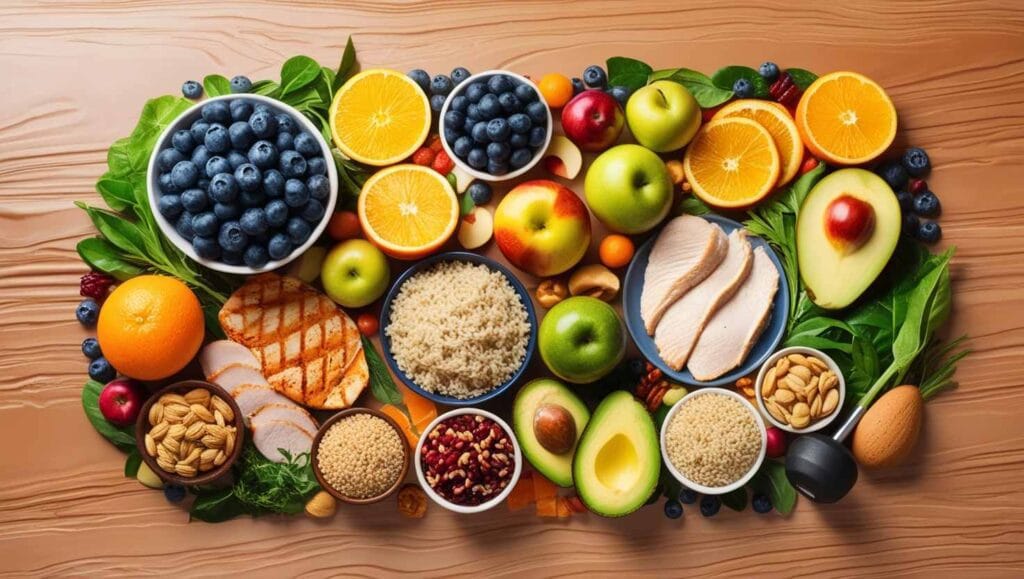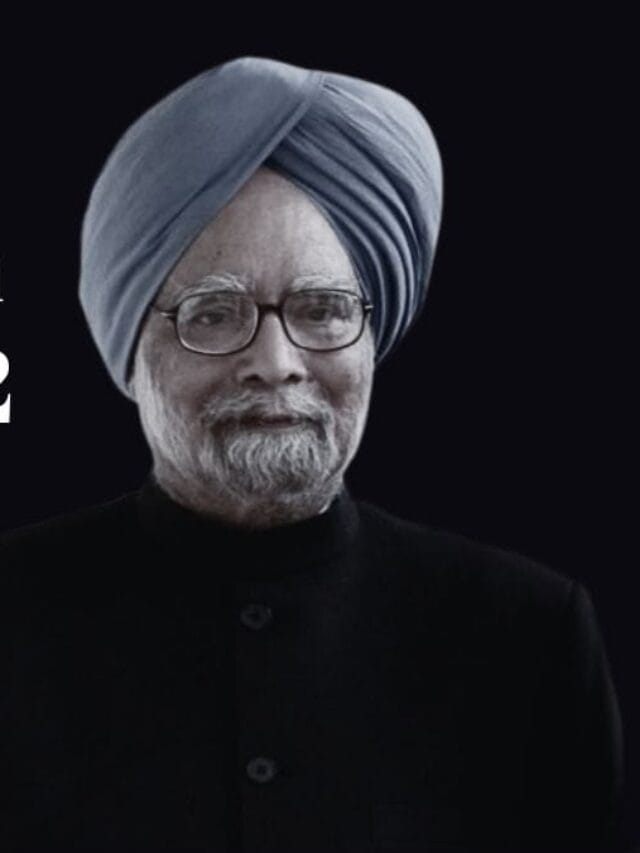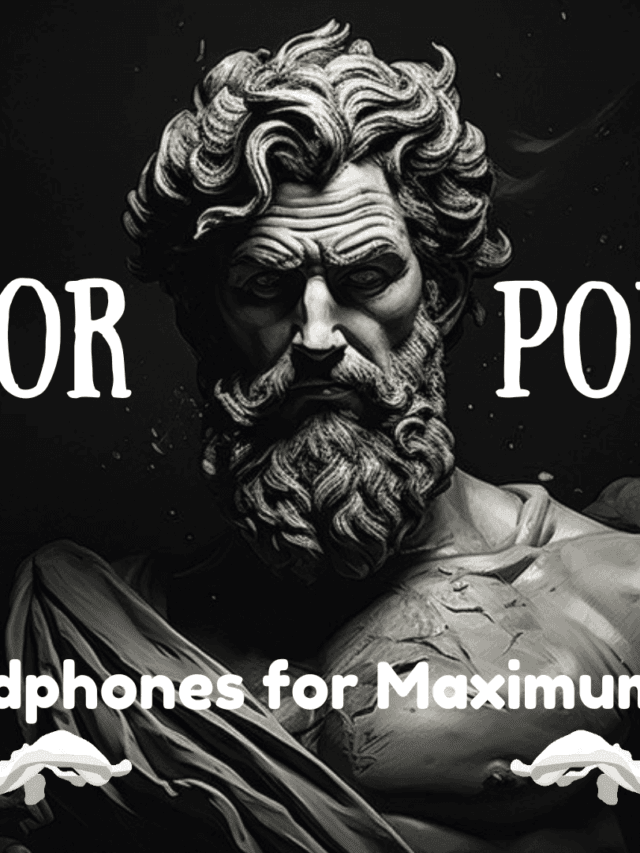

What foods build muscle and burn fat
When it comes to losing body fat and gaining muscle, the secret lies not just in the workouts you do, but also in the food you eat. Your diet plays a critical role in helping you achieve this delicate balance. By choosing the right foods and nutrients, you can fuel your body for fat loss while preserving, or even building, lean muscle mass.
In this comprehensive guide, we’ll break down exactly what to eat to burn fat and build muscle efficiently. Let’s dive into the basics and explore the best foods, meal planning tips, and strategies for maximizing your results.
1. The Science Behind Fat Loss and Muscle Gain
To lose fat and gain muscle, your body must be in a slight caloric deficit while also receiving enough nutrients to maintain muscle mass. This means you need to consume fewer calories than you burn, but not so drastically that you risk losing muscle tissue. At the same time, you need to provide your body with sufficient protein and other key nutrients to repair and build muscle after workouts.
The key macronutrients you’ll focus on are protein, carbohydrates, and fats. Let’s break down how each of these macronutrients plays a role in your goal of losing fat while gaining muscle.
BMR – (Basal Metabolic Rate)
BMR stands for Basal Metabolic Rate, which is the amount of energy (in calories) your body needs to maintain basic physiological functions while at rest. These functions include breathing, circulation, cell production, and maintaining body temperature. BMR can be influenced by various factors such as age, gender, weight, height, and body composition.
A BMR calculator is a tool used to estimate an individual’s Basal Metabolic Rate based on these factors. By inputting your age, gender, weight, height, and sometimes other metrics like activity level, a BMR calculator can provide you with an estimate of the number of calories your body needs to function at rest. This estimate can serve as a baseline for determining your daily calorie needs and is often used in weight management and nutrition planning.
How to lose weight using a BMR calculator?
Using a BMR calculator can be a helpful tool in achieving weight loss goals. Here’s a general guide on how to use a BMR calculator effectively for weight loss:
**Adjust as Needed**: As you lose weight, your calorie needs may change. Periodically recalculate your BMR and adjust your calorie intake and exercise routine accordingly to continue making progress towards your goal weight.
**Calculate Your BMR**: Use a BMR calculator to determine your Basal Metabolic Rate. Input your age, gender, weight, and height into the calculator. This will give you an estimate of how many calories your body needs to maintain its current weight at rest.
**Determine Your Daily Caloric Needs**: Once you have your BMR, you can calculate your Total Daily Energy Expenditure (TDEE). Your TDEE takes into account your activity level in addition to your BMR. There are different activity level multipliers (sedentary, lightly active, moderately active, very active) that you can use to estimate your TDEE. Multiply your BMR by the appropriate activity level multiplier to get your estimated daily calorie needs.
**Create a Calorie Deficit**: To lose weight, you’ll need to consume fewer calories than your body burns. A safe and sustainable rate of weight loss is typically 0.5 to 1 kg (1 to 2 pounds) per week, which requires a calorie deficit of about 500 to 1000 calories per day. You can achieve this deficit by either reducing your calorie intake, increasing your physical activity, or a combination of both.
**Monitor Your Caloric Intake**: Keep track of the calories you consume each day through food and beverages. There are many apps and websites available that can help you track your calories easily. Be mindful of portion sizes and try to choose nutrient-dense foods that will keep you feeling full and satisfied.
**Incorporate Exercise**: While diet plays a significant role in weight loss, incorporating regular exercise can help you burn more calories and improve your overall health. Aim for a combination of cardiovascular exercise (like walking, running, or cycling) and strength training to build muscle and boost your metabolism.
**Stay Consistent and Patient**: Weight loss takes time and consistency. Focus on making sustainable lifestyle changes rather than quick fixes or crash diets. Stay committed to your calorie deficit and exercise routine, and be patient as you work towards your goals.


2. Prioritize Protein for Muscle Growth and Fat Loss
Protein is the most important nutrient when it comes to gaining muscle and losing fat. It helps in repairing damaged muscle fibers after exercise and supports the growth of new, stronger muscles. Additionally, protein has a high thermic effect—meaning your body burns more calories digesting protein compared to fats or carbohydrates.
Best Protein Sources:
- Lean meats like chicken breast, turkey, and lean cuts of beef
- Fish such as salmon, tuna, and mackerel
- Eggs (whole eggs and egg whites)
- Plant-based proteins like lentils, chickpeas, tofu, and tempeh
- Greek yogurt and cottage cheese
- Protein powders (whey, casein, or plant-based options)
Aim for around 1.6 to 2.2 grams of protein per kilogram of body weight daily. This will ensure you have enough protein to support muscle recovery and growth while also helping you feel fuller for longer, which can aid in fat loss.


3. Choose Carbohydrates Wisely for Sustained Energy
Carbohydrates are often misunderstood when it comes to fat loss. While some diets advocate for extremely low-carb or ketogenic approaches, it’s important to remember that carbs are a crucial source of energy, especially for intense workouts that build muscle. The key is to focus on high-quality, complex carbohydrates that provide sustained energy without causing spikes in blood sugar.
Best Carbohydrate Sources:
- Whole grains like oats, quinoa, brown rice, and barley
- Sweet potatoes and pumpkin
- Legumes such as lentils and black beans
- Fruits like berries, apples, and bananas (in moderation)
- Vegetables like spinach, kale, and broccoli
By incorporating these slow-digesting carbohydrates, you’ll fuel your workouts and help preserve muscle mass during fat loss. Consider consuming the bulk of your carbs around your workout times for better energy levels and recovery.
4. Healthy Fats: Don’t Cut Them Out
Despite their higher caloric density, fats are essential for overall health, hormone production, and even fat loss. Healthy fats help regulate hormones like testosterone, which plays a role in muscle growth and fat burning. They also help keep you feeling satisfied, reducing cravings and preventing overeating.
Best Fat Sources:
- Avocados
- Nuts and seeds (almonds, chia seeds, flaxseeds)
- Olive oil and coconut oil
- Fatty fish like salmon and sardines
- Nut butters (in moderation)
Incorporate healthy fats into your meals while avoiding trans fats and minimizing processed oils. Aim for about 20-30% of your total daily calories to come from fats.
5. Hydration: Water’s Role in Fat Loss and Muscle Gain
Staying hydrated is often overlooked but is crucial for both fat loss and muscle gain. Proper hydration aids digestion, helps transport nutrients to muscles, and keeps your body functioning optimally. Additionally, drinking water before meals can help control appetite, reducing the likelihood of overeating.
Tips for Staying Hydrated:
- Drink at least 3 liters of water per day.
- Add electrolytes if you’re sweating a lot during workouts.
- Consume water-rich foods like cucumbers, watermelon, and celery.
6. Timing Your Meals: The Importance of Nutrient Timing
While the total number of calories and macronutrients you consume is the most important factor, nutrient timing can also enhance your results. Eating the right foods at the right times helps with energy levels, muscle recovery, and fat burning.
Pre-Workout Meal:
- Carbs for energy (e.g., oats, fruit, or whole grains)
- A small amount of protein for muscle protection (e.g., eggs, yogurt)
Post-Workout Meal:
- A combination of protein and carbohydrates to replenish glycogen stores and aid muscle recovery (e.g., chicken with sweet potatoes, or a protein shake with a banana)
Eating protein consistently throughout the day also helps maintain muscle mass while in a caloric deficit.
7. High-Volume, Low-Calorie Foods for Satiety
When you’re in a caloric deficit, it’s essential to choose foods that keep you full without overloading on calories. High-volume, low-calorie foods are ideal for this purpose. These foods allow you to eat more, stay satisfied, and still stay within your calorie goals.
Best High-Volume, Low-Calorie Foods:
- Leafy greens like spinach, kale, and arugula
- Zucchini and cucumbers
- Berries and other fiber-rich fruits
- Cauliflower and broccoli
By incorporating these into your diet, you can eat larger portions that help stave off hunger while still cutting calories.
8. Supplements: Do You Need Them?
While supplements are not necessary, they can complement your nutrition plan, especially when it comes to gaining muscle and losing fat. Remember, supplements should enhance, not replace, whole foods.
Helpful Supplements for Fat Loss and Muscle Gain:
- Whey protein: Convenient and effective for hitting your daily protein goals
- Creatine: Helps improve performance and muscle recovery
- BCAAs (Branched-Chain Amino Acids): Can help with muscle recovery, especially during calorie deficits
- Multivitamins: Ensure you’re meeting micronutrient needs when in a caloric deficit
Always consult with a healthcare professional before starting any supplement regimen.
9. Sample Meal Plan for Fat Loss and Muscle Gain
Here’s a sample meal plan that combines all the principles we’ve discussed, designed to help you lose fat and gain muscle.
Breakfast:
- 3 scrambled eggs with spinach and a slice of whole-grain toast
- A small serving of berries
Lunch:
- Grilled chicken breast with quinoa and steamed broccoli
- A drizzle of olive oil for healthy fats
Snack:
- Greek yogurt with chia seeds and a few almonds
Dinner:
- Baked salmon with sweet potatoes and a side of mixed vegetables
Post-Workout (optional):
- Protein shake with a banana
This meal plan provides a balance of protein, carbs, and fats, ensuring that you stay full and fueled while working toward your goals.
10. Common Pitfalls to Avoid
When trying to lose fat and gain muscle, many people fall into common traps that can slow their progress. Here are some mistakes to watch out for:
- Cutting calories too drastically: This can lead to muscle loss and a sluggish metabolism.
- Relying on processed foods: Even if they fit your calorie goals, processed foods lack the nutrients necessary for muscle growth and fat loss.
- Not eating enough protein: Without sufficient protein, your body may start breaking down muscle tissue instead of building it.
- Skipping meals: Regular eating helps maintain energy levels and supports muscle growth.
Conclusion
Achieving the goal of losing body fat while gaining muscle requires a balance of the right nutrients, meal timing, and consistency in your diet. By focusing on high-protein foods, healthy fats, and complex carbohydrates, you can fuel your workouts, recover effectively, and optimize fat loss. Remember that what you eat is just as important as how much you eat, and small adjustments to your diet can lead to significant changes in your body composition over time. Stay patient, stay committed, and you’ll see the results you’re after!
Read our latest articles: https://genzfitness.in/
Free stock market course for Genz– https://genzfitness.in/free-stock-market-course-for-genz-4-formulas/
Best Book to read in 2024- https://eatyourproblems.store/





